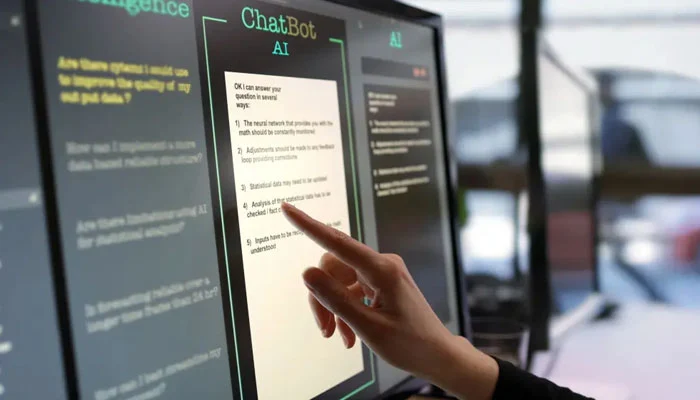Artificial intelligence (AI) models have achieved the ability to autonomously create smaller AI systems without human intervention.
A collaborative effort between Aizip Inc., the AI tech company, and researchers from the Massachusetts Institute of Technology (MIT) and several University of California campuses marked the pioneering initiative.
The innovation allows larger AI models, such as those powering systems like ChatGPT, to generate more specialised AI applications independently. These smaller, tailored models have diverse applications, from enhancing hearing aids to monitoring oil pipelines and tracking endangered species.
Yan Sun, CEO of Aizip, described the process as akin to a “bigger brother helping [its smaller] brother to improve,” representing the initial stride towards self-evolving AI.
Yubei Chen, a researcher involved in the project, affirmed the significance of this milestone. The demonstrated device, a human activity tracker utilising AI for motion data analysis, showcased the potential of tiny machine learning—a concept crucial for embedding intelligence in compact devices.
The tracker, housed in a chip smaller than a dime, exemplifies the possibilities for pervasive AI, where nearly any object can possess intelligent capabilities.
The researchers emphasised the spectrum of intelligence, with large models like ChatGPT residing in the cloud and the newly developed tiny machine learning models finding their place in small, everyday objects.
This technology sets the stage for a future where home appliances, ranging from coffee machines to TVs, may incorporate AI for enhanced functionality.
This autonomous capability of AI models to create and refine smaller counterparts represents a significant leap towards realising self-evolving AI systems, hinting at the potential for AI to independently contribute to its advancements and applications.

